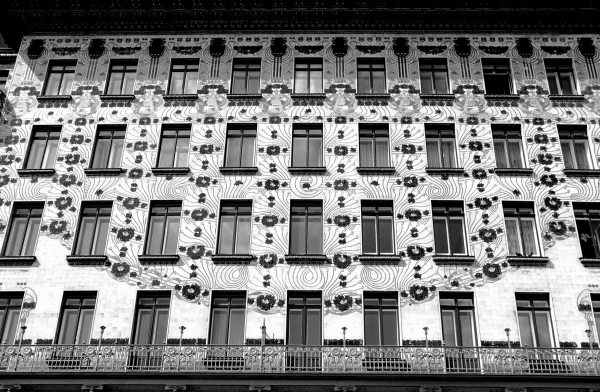The Eastern Religious Roots of Modernist Architecture
Islam, Buddhist and Judaist Infleuences on 20th-Century Theories and Buildings
Text: Rudolf Klein

Granada, Alhambra, 1362-1391
20th-century Modernism defined itself by using adjectives such as rational and functional, and emphasizing the roles and importance of technology and efficiency it distanced itself from its architectural historical background which it rated as overdecorated and burdened with a tradition that in time lost its meaning, clarity and impact. This way the Modernist did their best to free mankind from tradition and thus ‘deculture’ architecture, whilst ambitioning to suit it to the needs of the so-called machine age. As the two main trends of Western architectural history (the ancient classical and the Christian.medieval tendencies) seemed to have spent their force, Modernism drew inspiration from other traditions: going beyond the Greco-Roman and Christian civilizations that form the foundations of the western world it turned towards the traditions Islam, Buddhism and Judaism to complete it.





